
Key Takeaways: Meeting of the Informal Working Group on Assessment and Certification in Upper Secondary Education
05 October 2023
Above and Beyond: Transitions in Upper Secondary Education
This document, as well as any data and map included herein, are without prejudice to the status of or sovereignty over any territory, to the delimitation of international frontiers and boundaries and to the name of any territory, city or area.
Photo credit: Cover - © Shutterstock/PeopleImages com - Yuri A
© OECD 2023
The use of this work, whether digital or print, is governed by the Terms and Conditions to be found at http://www oecd org/termsandconditions All requests for commercial uses of this material or for translation rights should be submitted to rights@oecd org

Key Takeaways: Meeting of the Informal Working Group on Assessment and Certification in Upper Secondary Education Above and Beyond: Transitions in Upper Secondary Education 05 October 2023
Above & Beyond
The Transitions in Upper Secondary Education project develops analysis on how upper secondary education can be designed to meet diverse learner needs and promote equitable outcomes by developing comparative analysis on pathways and assessment and certification.
Key Takeaways 5
contents Introduction Agenda Key takeaways Above and Beyond: Transitions in Upper Secondary Education Rationale for comparative work Upcoming working papers Featured digital platforms and examinations Speakers British Columbia (Canada): Grade 10 Numeracy and Grade 12 Literacy Provincial Assessments New Zealand: NCEA Online Assessment Finland: Finnish Matriculation Examination Norway: Grade 11 English Examination OECD: PISA Items & PILA Platform for Innovative Assessment Definitions and terms 6 7 9 11 12 14 16 16 17 18 19 20 21 © OECD 2023
Table of
Introduction
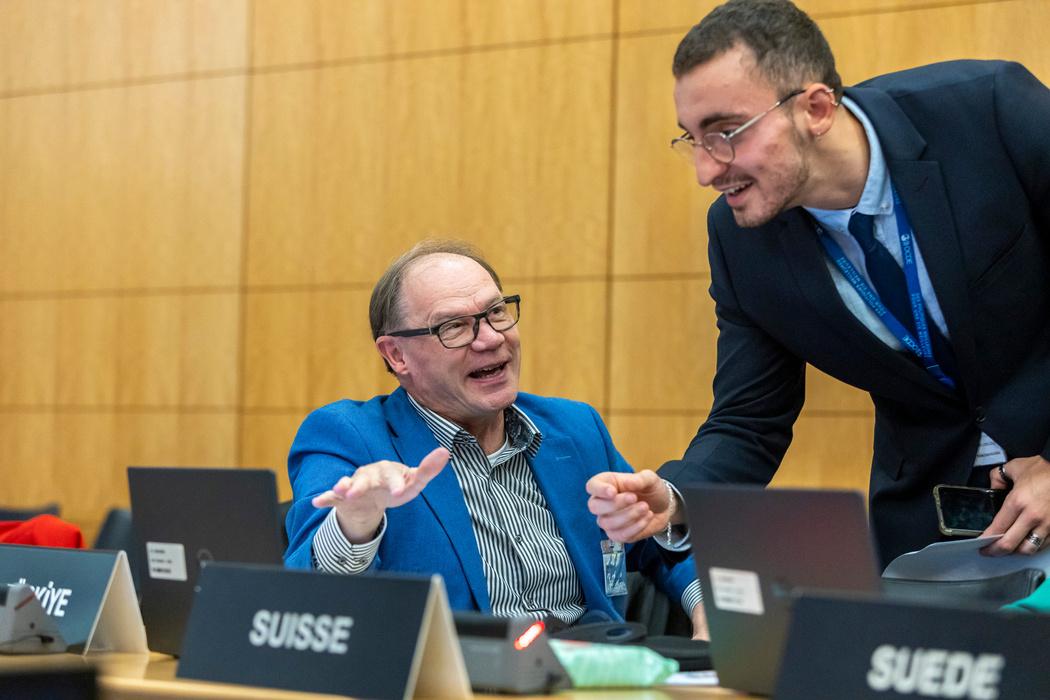
Assessment and Certification in Upper Secondary Education
The Role of Digital Technologies in Upper Secondary Examinations.
In June 2023, the Above and Beyond: Transitions in Upper Secondary Education project invited countries to join the Informal Working Group on Assessment and Certification in Upper Secondary Education. One of the main functions of the Informal Working Group is to guide the development of two upcoming OECD working papers:
On 5 October 2023, members of the Informal Working Group on Assessment Certification from across the world came to together to provide guidance and insights for the development of the OECD's working papers. This document provides a short overview of the key takeaways from the meeting of the Informal Working Group in Paris.
6 Key Takeaways © OECD 2023
Agenda
09:00
Opening remarks
Hannah Kitchen, Above and Beyond Project Manager, OECD
09:10
Innovating assessment in upper secondary education
Andreas Schleicher, Director for Education and Skills, OECD
10:00
11:20
Panel discussion: Assessing the breadth of learner knowledge and skills that matter for the future
Moderator: Paulo Santiago, Head of Policy Advice and Implementation Division, OECD
Angie Calleberg, Ministry of Education and Child Care, British Columbia (Canada)
Terry Fenn and Megan Miller, Ministry of Education, New Zealand
Andrew Creamer, Scottish Government, Scotland
Dr. Christina Wikstrom, Umea University, Sweden
Dr. Lena Gray, External expert, United Kingdom
Workshops: The practical challenges of assessment reform
Innovating written examinations with Dr. Christina Wikstrom and Shivi Chandra (OECD)
Personalised assessments with Dr. Lena Gray and Rebecca Frankum
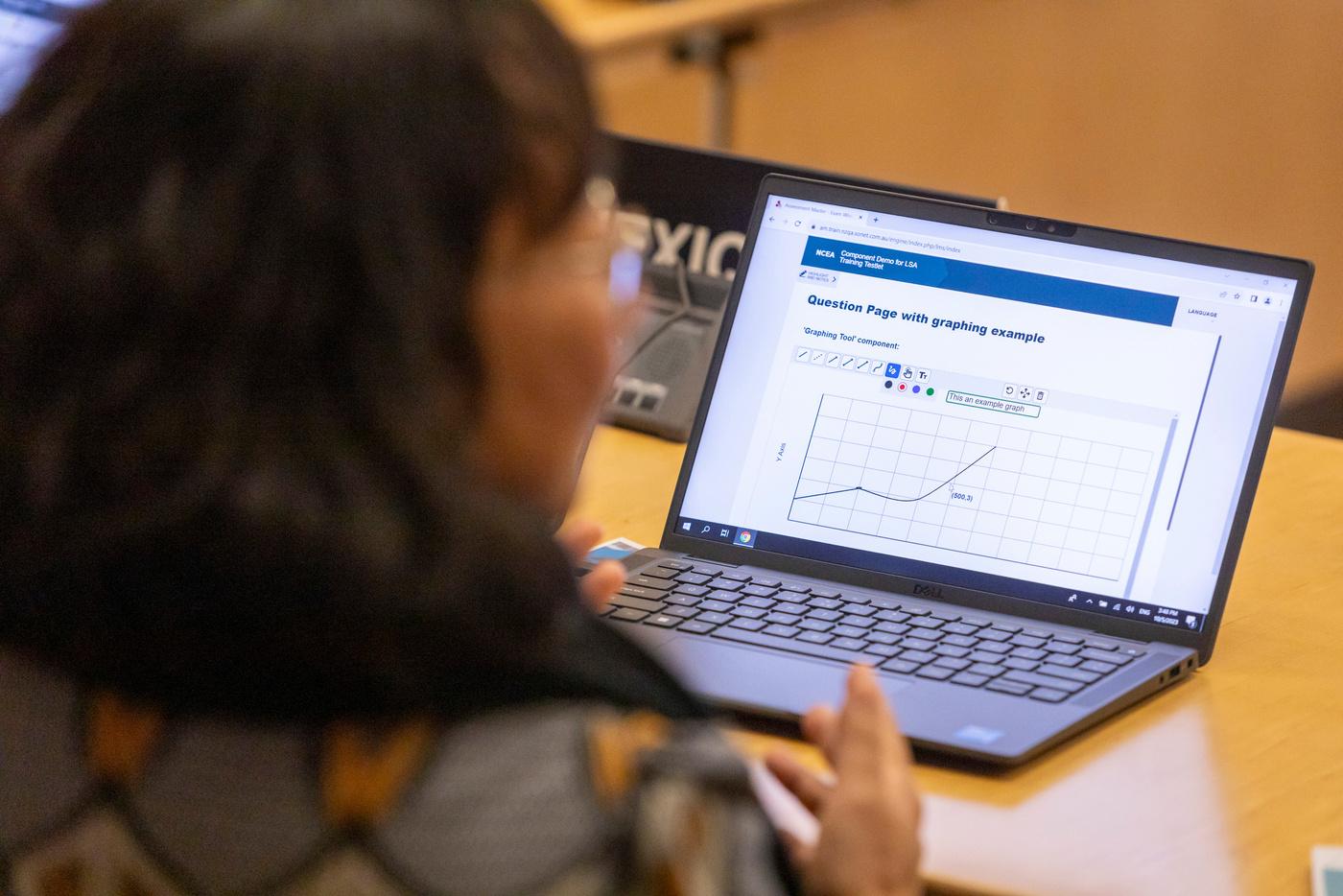
Key Takeaways 7
Agenda
13:30
Stakeholder perspectives:
Moderator: Paulo Santiago, OECD
Thomas Vikberg, Ministry of Education and Culture, Finland
Moira Leydon, Association of Secondary Teachers of Ireland
Isabel Sobrino Mate, Ceemet, European Tech and Industry Employers
Kendra-Jean Nwamadi, OECD Youthwise
14:30
Digital assessments and examination station points
British Columbia (Canada): Literacy and numeracy provincial assessments
New Zealand: NCEA online assessments
Norway: Digital examinations for upper secondary
Finland: Finnish matriculation examination
OECD: PISA and PILA
17:00
17:50
Panel discussion with countries about their digital assessment and examinations
Update on OECD work

8 Key Takeaways
Key takeaways
There are strong pressures to evolve high stakes assessments and certifications
In most countries, there is significant appetite to include a wider range of skills, including those that young people have and which matter for their future, in high stakesassessments.
While social and emotional skills are commonly prominent in national curricula, as soonasthereiscompetitionbetweenthecurriculumandassessment,assessment prevails.
This makes including transversal skills in high stakes assessment in some form critical.
Yet, assessing transversal skills in reliable and valid ways is highlychallenging in a high stakescontext.Currently,approachesfocusonexperientialmeasures.
Digital technologies provide potential to innovate user experiences and skills assessment,yetthehighstakesofcertificationsnecessitatescaution.
Countries’ are keen to explore the potential of digital technologies and tend to focus on innovations for improving existing processes (e.g. marking, storage) rather than introducing entirely new assessment formats (eg gamification, simulations, creative questiontypes).
There are social and psychometric reasons why stakeholders prefer to keep digital assessmentformatsasclosetoexistinganaloguetasksaspossible.

Key Takeaways 9 © OECD 2023
Uppersecondaryassessmentsandcertificationscannotandshouldnotrevert tobusinessasnormalpost-COVID
Since the COVID pandemic, many countries have noted greater anxiety and higher levels of absenteeism which undermine young people’s full engagement in upper secondaryeducation.
In a number of contexts, these issues were already present pre-COVID, with the pandemicaccentuatingexistingtrends.
Manysystemsheldtheviewthathighstakesassessments mustnotreverttohowitwas before COVID, and rather adapt to learners’ changing educational needs, expectationsandthechangingworldoftomorrow.
Actively and purposefully questioning the dichotomy between vocational and generaleducation
Many stakeholders noted that the traditional division between “academic” and “vocational”skillsisnotalwaysrelevantandcanevenhinderaholisticviewofskills development:
Allindividuals,eveninhistorically“theoreticalfields”likemedicineneedpracticalskills, whicharetechnicalandrelational.
Highstakesassessmentshavearoleinassessingabroaderrangeofskillsandsignaling theirvalueandroleineducationsystems,alongothersubject-specificskills.
The language that we use around skills is important. Terms like “softskills” can create the impression that these are somehow lesser skills, as opposed to skills that are i d b “h d” d h i ll d di

10 Key Takeaways
Above and Beyond: Transitions in Upper Secondary Education project at the OECD
The Transitions in Upper Secondary Education project develops analysis on how upper secondary education can be designed to meet diverse learner needs and promote equitable outcomes by developing comparative analysis on pathways and assessment and certification. Countries can engage with the project through a range of flexible options that contribute to the project’s evidence base and mobilise its knowledge to support national policy making and reforms, including by requesting peer learning discussions, comparative research focused on national policy questions and tailored policy advice.
Supporting upper secondary transitions through analysis on:
Assessment and Certification
Promoting learning that matters and providing effective passports for the future by analysing how to:
Assess a wide range of knowledge and skills in reliable and valid ways
Recognise breadth of student achievement
Pathways
Supporting smooth transitions into, through and out of upper secondary education by understanding the role of, and how to promote:
Foundational skills and knowledge
Depth of knowledge and skills and specific competencies
Emerging sense of future ambitions


Key Takeaways 11 © OECD 2023
Rationale for comparative work
The confluence of the rapidly changing world of work, the growth of digital technologies, the major shock of COVID-19 and the demand to recognise a more transversal set of skills in education systems is leading to a re-evaluation of upper secondary certification and qualifications.
The degree and pace of change in our societies seems, and certainly feels unprecedented
Upper secondary education – as the final level of formal schooling – has a central role in helping equip young people with the competencies, behaviours and attitudes to take full advantage of, and be responsive to, the opportunities and challenges of our rapidly changing world.
Subject- and occupational-specific skills and broader, transversal skills are key to young people’s smooth transitions after school
To access and thrive in work, training and post-secondary education, subject- and occupation-specific skills are critical for young people
Most OECD countries have now integrated a range of social and emotional skills, twenty-first century competencies, transversal skills and other cross-cutting skills in their upper secondary curricula.
What gets tested, gets taught
Experience has repeatedly shown that what goes into qualifications

12 Key Takeaways

Tackling the tricky question of how to assess a broader range of skills
Transversal skills are also difficult to assess fairly in a way that is free from individual and cultural biases.
most jurisdictions that include a broader range of skills in their upper secondary curricula tend to do so through an experiential approach by requiring that students engage in activities through which they are likely to develop and demonstrate a broader mix of skills
Digital technologies might have the potential to push forward the frontiers of high stakes certification
Use of and interest in digital examinations and assessments continues to increase, reflecting accelerated adoption of technology during COVID-19.
However, the high stakes attached with upper secondary certification and examinations make it essential that innovations are carefully considered and managed without jeopardising their credibility and fairness.
© OECD 2023 Key Takeaways 13
Upcoming Working Papers
The OECD Above and Beyond: Transitions in Upper Secondary Education project’s comparative work on upper secondary certification will advance understanding of how systems can draw on a range of assessment approaches and harness the potential of technology to provide certification that reflects the breadth of individuals’achievementsandsupportstheirpathwaysintowork
Workingpaperonassessmentandcertificationinuppersecondaryeducation
The working paper will provide an overview of the range of different assessment approaches for the purposes of upper secondary certification across OECD countries The paper also aims to directly question common assumptions in assessment practice, such as external examinations being more reliable and teacher-basedassessmentbeingmorevalid.
By exploring the benefits and risks of different types of assessments and identifying if certain types of assessments are better suited for assessing certain skills or being used in certain contexts, the paper will work towards developing a framework to guide countries in their selection of assessments when developing, reforming and reviewing their certification at the end of upper secondary education.
Keyquestionsguidingtheworkingpaper’sdevelopment:
What are the different ways to provide upper secondary certification and what aretheimplicationsforstudents,teachersandeducationsystems?
What are the approaches for the design of assessment that contributes to upper secondarycertification?
What are the advantages and challenges associated with different types of
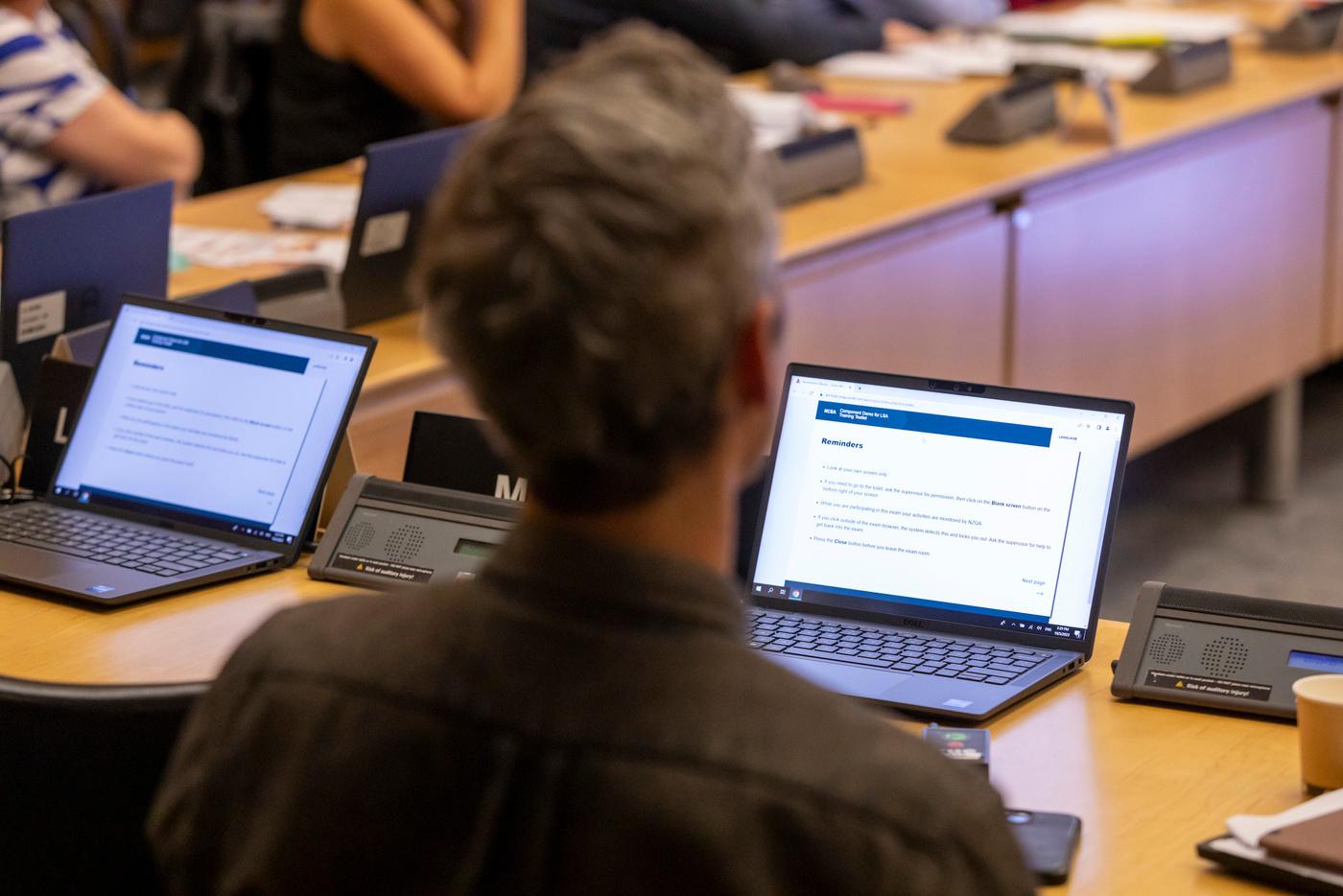
14 Key Takeaways
Working paper on the role of digital technologies in upper secondary examinations
The working paper on high-stakes digital examinations aims to provide insights into the many types of digital examination possible for upper secondary certification and the ways in which countries leverage their opportunities and address their challengesthroughstrategiesactionableviapolicymaking.
First, the paper will establish a commonbaseforinternationallycomparative analysis through an exploration of the components of digital examination systems.
Second, it will present possibilities by conducting an inventory of trends in digitalexaminationsystemsacrosscountries,includingwhattheyareusedfor, their most common features, and their relationship to analogue upper secondaryexaminations.
Third, it will discuss strategies and cases of how different systems work to maximise the potential and minimise the possible challenges of digital examinations.
Finally, it will project immediate future considerations in digital examinations, based on trends across OECD countries, pilots and initial feedback, and emergingresearchdirectionsandexpertise.

Key Takeaways 15
© OECD 2023
Timeline for upcoming Working Papers
Featured digital platforms and examinations
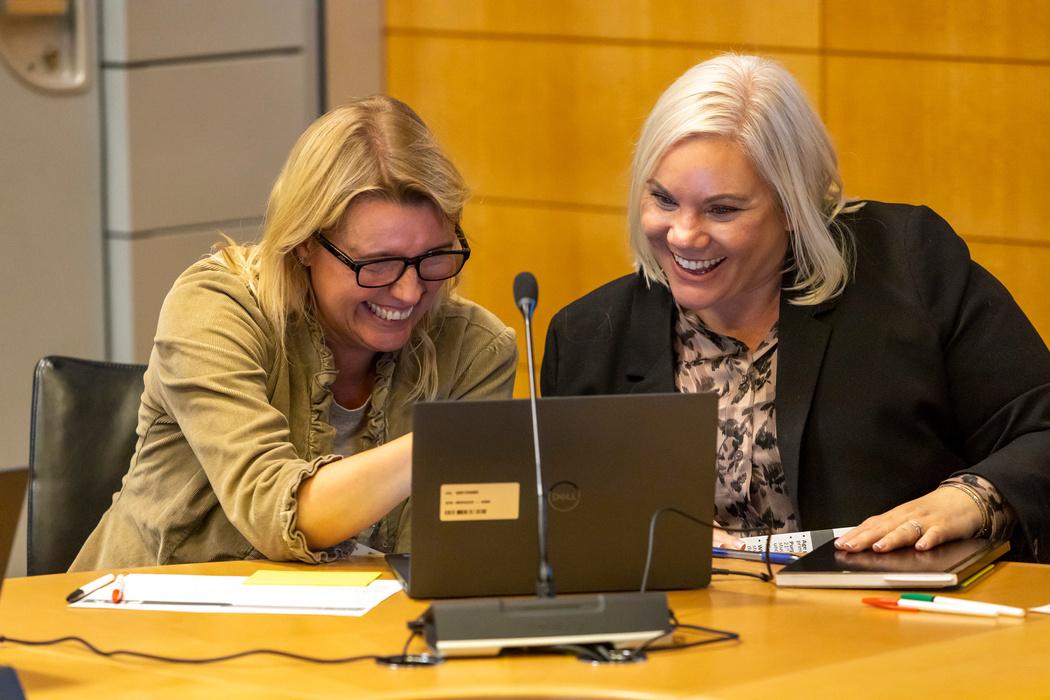
British Columbia (Canada): Grade 10 Numeracy and Grade 12 Literacy Provincial Assessments
Angie Calleberg (Executive Director, Student Learning Branch, Learning and Education Programs Division, Ministry of Education and Child Care, British Columbia, Canada) provided an overview of the BC provincial assessments. The Grade 10 Numeracy Assessment is a provincial assessment which assesses student proficiency in numeracy, and the Grade 10 and 12 Literacy Assessment in literacy.
The Grade 10 Numeracy Assessment was introduced in 2018. The Grade 10 Literacy Assessment followed in 2019 and the Grade 12 Literacy Assessment was introduced in 2021. All three are requirements to certify completion of upper secondary education (“British Columbia Certificate of Graduation”) for all students, the Numeracy Assessment written for the first time in Grade 10 and the Literacy Assessment in Grade 12 (alongside the Grade 10 Literacy Assessment written for the first time in Grade 10, which was presented on 5 October). Further information is available in the Overview of Speakers and Digital Assessment.
16 Key Takeaways © OECD 2023

Sue Chalmers, Chief Advisor Assessment, Assessment Division, New Zealand Qualifications Authority, New Zealand provided an overview of NCEA online assessments and provided a demonstration of a Media Studies exam. Since 2015, thousands of students have taken the opportunity to do some of their NCEA exams online. The shift to digital external assessment responds to the fact New Zealand schools are increasingly using digitally enabled teaching and learning, and so NCEA assessments need to reflect this.
New Zealand, National Certification of Educational Achievement (NCEA) Online Assessment
NCEA external assessments are typically undertaken at the end of the school year and there are external assessments available for most subjects from which students can get credits towards NCEA. Currently, most test-based subjects are available digitally as direct substitutes of paper-based exams. Schools opt-in to offering digital exams and are being supported to offer more digital exams.
Key Takeaways 17 © OECD 2023

Norway, Grade 11 English Assessment
Kevin Steinman, Senior Adviser in the Department for curriculum of Upper Secondary in Norway provided an overview about secondary exams in Norway, particularly focusing on English and how these are being digitalized following the new renewed curriculum. The presentation used the Norwegian Grade 11 English examination as example.
The exam is platform-independent, had the duration of five hours, and is graded externally by teachers via a digitized process. The new model provides multiple advantages such as increased reliability, increased validity, and allows to develop Norway’s understanding of digital assessments. Participants had the opportunity to experiment with the exam on the laptops provided, while being able to put questions and offer feedback to Kevin.
18 Key Takeaways © OECD 2023

Thomas Vikberg (Senior Specialist in Ministry of Education and Culture in Finland) presented the Finnish digital matriculation examination, showing three different subject examinations from previous years run on an offline setup administrated by Thomas and using the actual devices provided to students in Finland. Participants had the opportunity to individually explore the exams on the computer while providing feedback and asking questions Thomas.
Finland, Matriculation Examination
The matriculation examination consists of all subjects taken in a student’s upper secondary curriculum (a minimum of five tests) and has been entirely digital in Finland since 2019. The digital examination environment is administered via Abitti, an open-source and modifiable system which runs on an offline operating system and local exam server set up by examination administrators.
Key Takeaways 19 © OECD 2023

OECD: Programme for International Student Assessment (PISA) and Platform for Innovative Learning and Assessment (PILA)
Mario Piacentini (OECD) and Emma Linsenmayer (OECD) presented the PISA 2022 Creative Thinking assessment, the PISA 2025 Learning in the Digital World assessment and the Platform for Innovative Learning and Assessment (PILA) project’s open-source tool.
The PISA 2022 Creative Thinking assessment asks students to demonstrate their ability to generate
diverse and creative ideas and evaluate and improve on ideas. In the PISA 2025 Learning in the Digital World assessment, students will be asked to self-regulate as they problem solve and build knowledge using digital tools.
The PILA project provides an opensource tool created in tandem with international experts to assess twentyfirst century skills, for classroom-based formative assessment and research. PILA acts as an innovation lab in which new technology-enhanced items, scoring approaches and reporting methods can be easily developed, integrated and tested.
20 Key Takeaways © OECD 2023
Definitions and terms
Upper secondary education
Upper secondary education refers to ISCED 3, in the International Standard Classification of Education (ISCED) According to the ISCED classification, some of the defining features of this level are the increasing range of options and differentiation in content students can engage with, and the preparation it provides for entering either work or tertiary education.
Certification and qualifications
While the terms ‘certification’ and ‘qualification’ are often used interchangeably, a subtle distinction exists. Certification evidences – or certifies – what a learner has achieved, while qualifications may indicate whether a learner is adequately prepared – or qualified – for a particular job, course, or role.
Pathways
Pathways are the trajectories that learners take as they transition through education. At upper secondary level, learners typically participate in different programmes of study: they may select different specialisations and they may choose different subject combinations
National examinations
National, or central, examinations are standardised tests with formal consequence on students’ progression through school or certification. National examinations typically result in a student’s upper secondary certification although they are frequently not the only component.
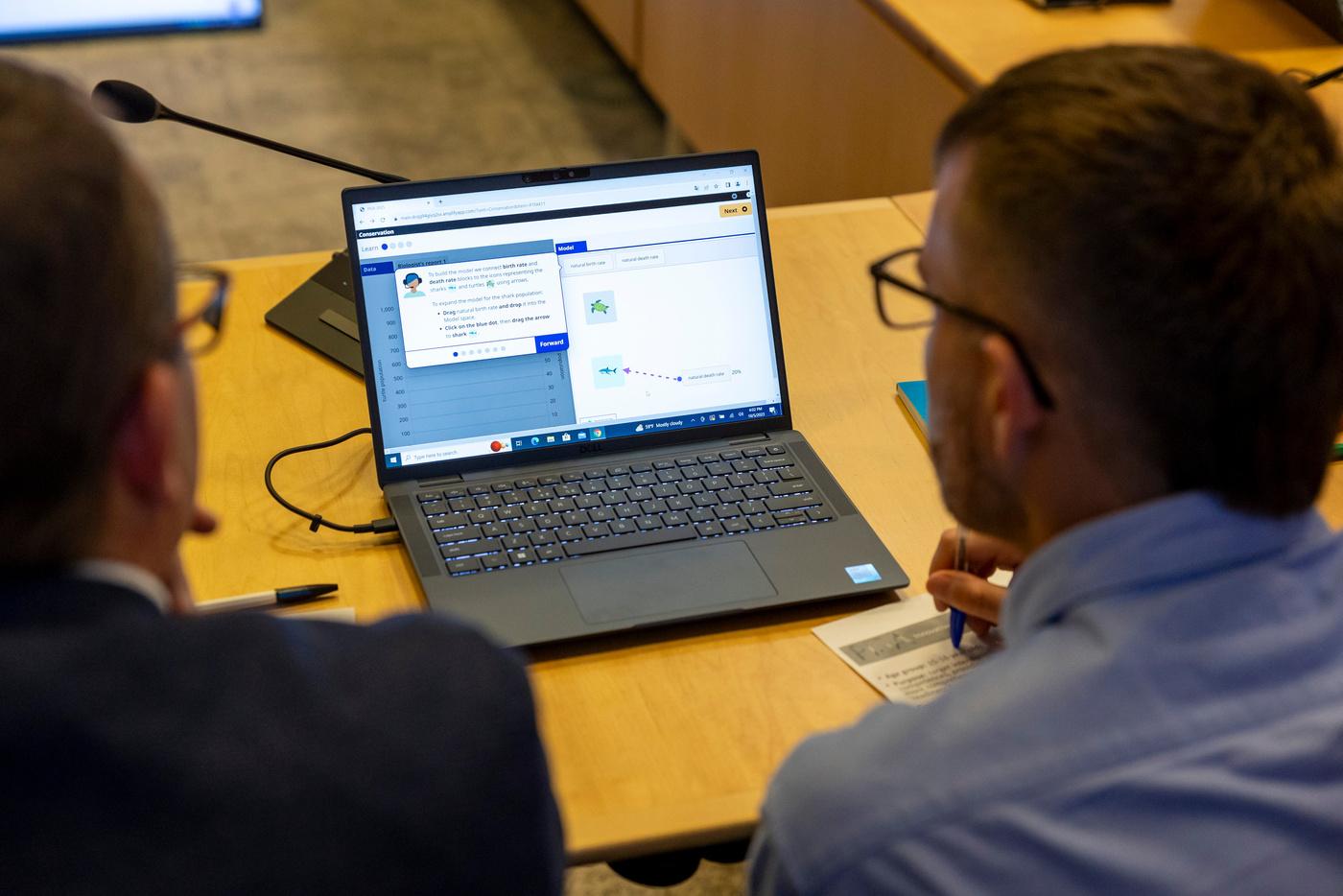
Key Takeaways 21

For more information visit https://www oecd org/education/aboveandbeyond/ Contact hannah.kitchen@oecd.org

 @OECD Education and Skills
@OECDEduSkills
@OECD Education and Skills
@OECD Education and Skills
@OECDEduSkills
@OECD Education and Skills



















